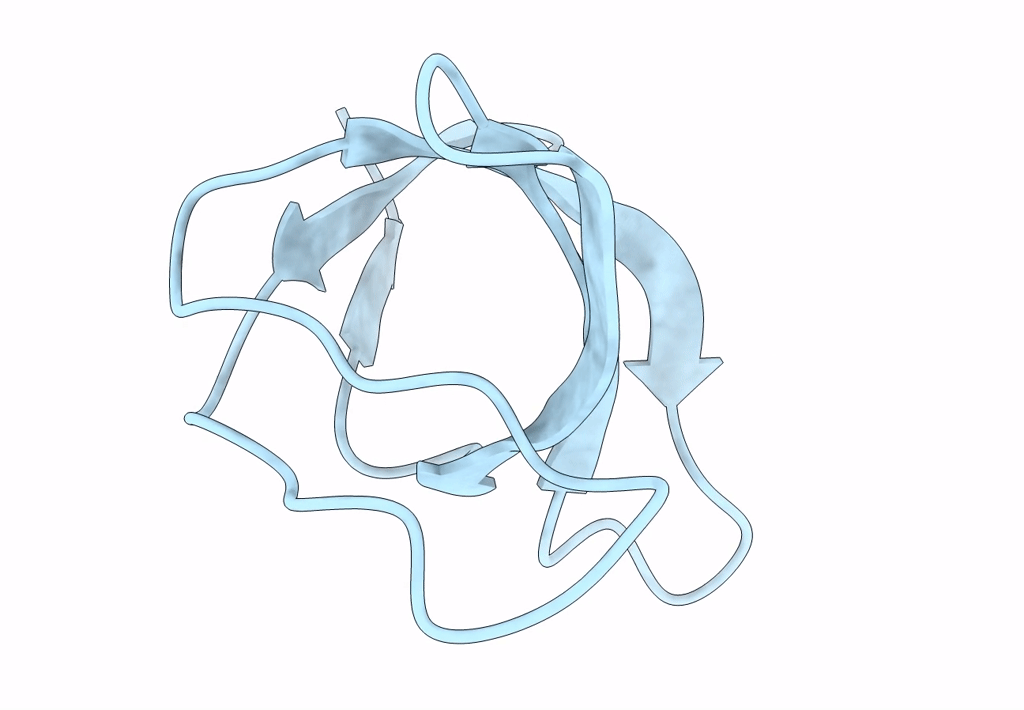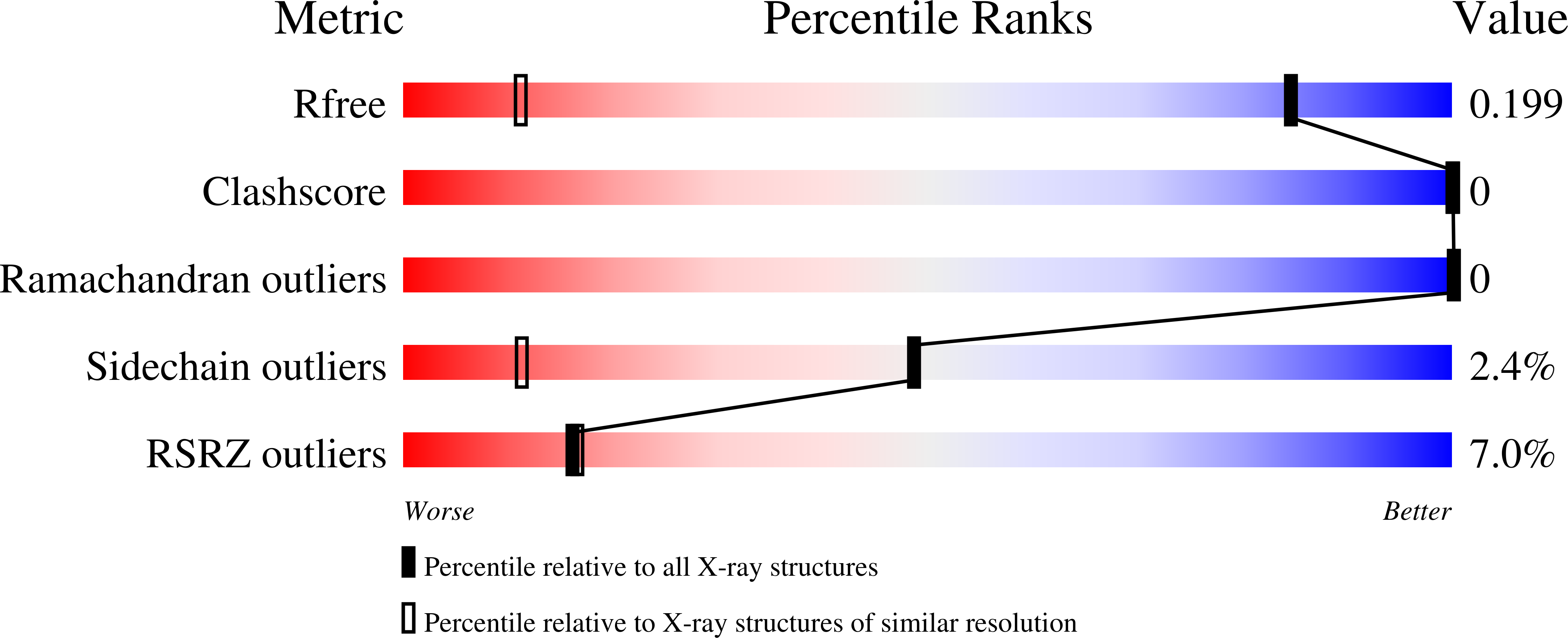
Deposition Date
2021-10-05
Release Date
2022-09-14
Last Version Date
2025-09-10
Entry Detail
PDB ID:
7PW2
Keywords:
Title:
Crystal structure of the Abl SH3 domain V73E-A74S-S75R-G76T-D77E mutant
Biological Source:
Source Organism:
Homo sapiens (Taxon ID: 9606)
Host Organism:
Method Details:
Experimental Method:
Resolution:
1.10 Å
R-Value Free:
0.20
R-Value Work:
0.18
R-Value Observed:
0.18
Space Group:
P 41


